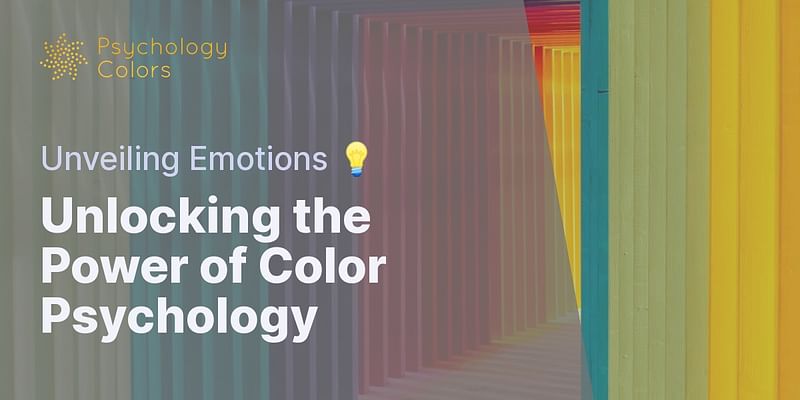Johnathan Michaels is a freelance writer and color enthusiast. He has written extensively on the topic of color psychology and its applications in marketing and branding. He is also an avid painter and enjoys experimenting with different color combinations in his artwork.
First off, it's important to note that the emotional response to colors can vary from person to person, as we all have unique experiences and cultural backgrounds. However, there are some general associations that have been observed across different cultures and societies.
Let's start with the positive side of the color spectrum. Colors like yellow, orange, and pink are often associated with happiness, warmth, and joy. These vibrant and energetic colors can uplift our spirits and create a sense of optimism. Think about a bright sunny day or a beautiful bouquet of flowers – they can instantly bring a smile to our faces.
On the other hand, certain colors are often associated with negative emotions. For example, black is often linked to feelings of sadness, grief, or even fear. This association may stem from cultural and societal factors, such as black being traditionally worn at funerals. Similarly, dark shades of blue and gray can evoke feelings of melancholy or sadness.
Now, it's important to remember that these associations are not set in stone. Colors can have different meanings and emotional impacts depending on the context and individual experiences. For example, while red is often associated with passion and love, it can also be linked to anger or danger.
The psychological impact of colors can also be influenced by personal preferences and cultural conditioning. For instance, in Western cultures, white is often associated with purity and innocence, while in some Eastern cultures, it may symbolize mourning or death.
It's also worth mentioning that color symbolism can be influenced by marketing and branding strategies. Companies often use specific colors to evoke certain emotions and create a desired response from consumers. For example, fast-food chains often use red and yellow in their logos and interiors to stimulate appetite and create a sense of urgency.
So, to sum it up, certain colors represent good or bad emotions based on a combination of cultural, psychological, and personal factors. Colors have the power to evoke strong emotional responses, and their impact can vary from person to person. Understanding the psychology behind colors can help us harness their power to create positive experiences and enhance our well-being.
I hope this answer shed some light on the fascinating world of color psychology. If you're interested in exploring more about how colors affect our emotions, personality, and relationships, feel free to check out our color personality tests and dive deeper into the world of psychology colors.















